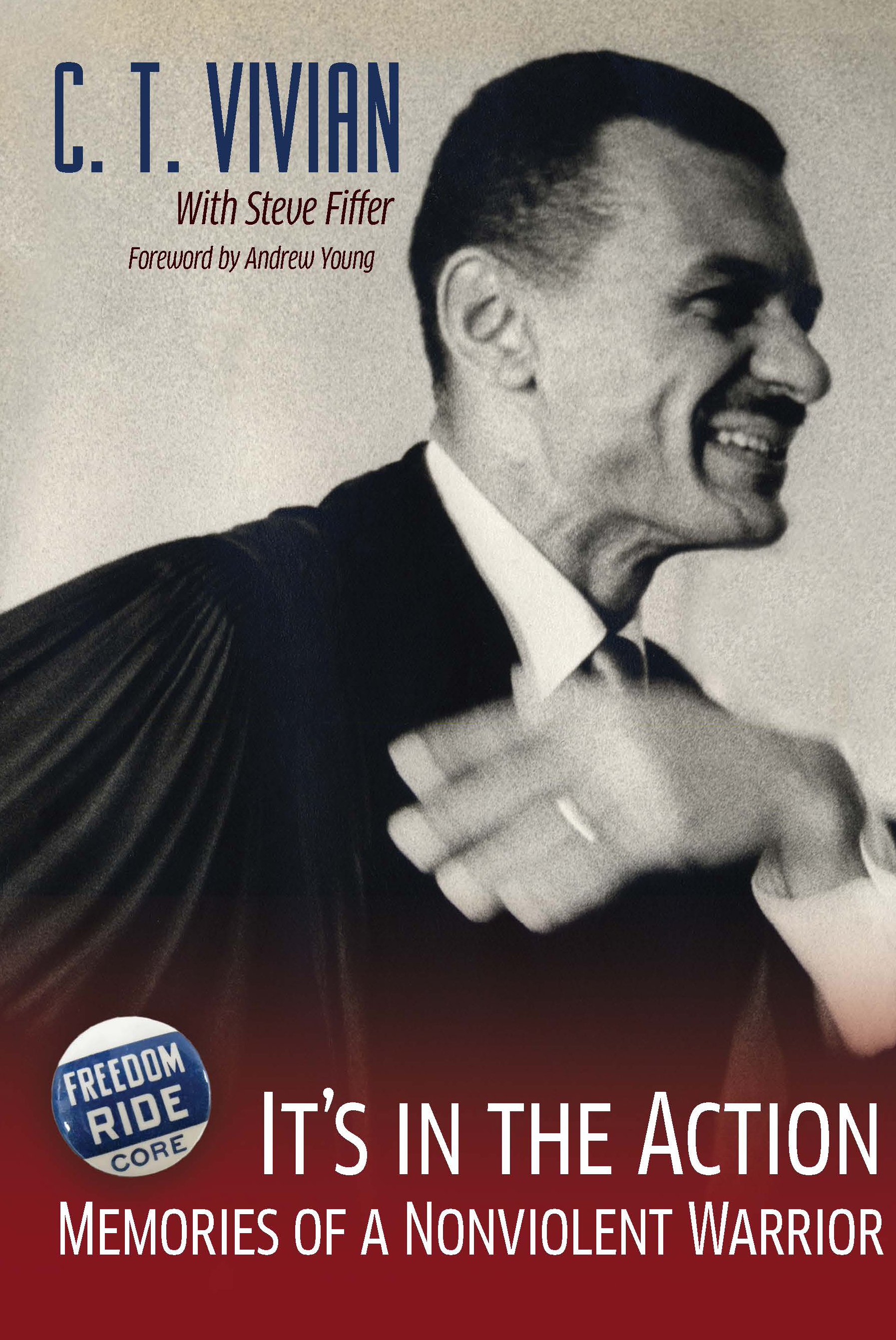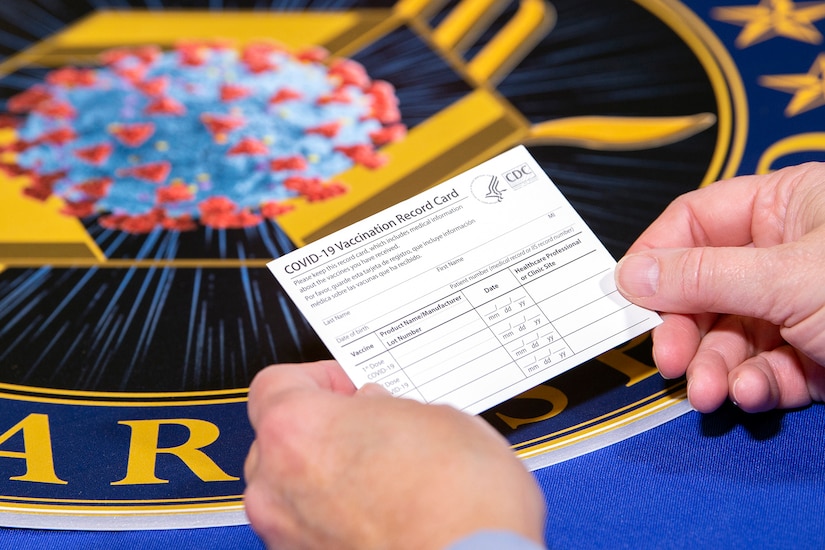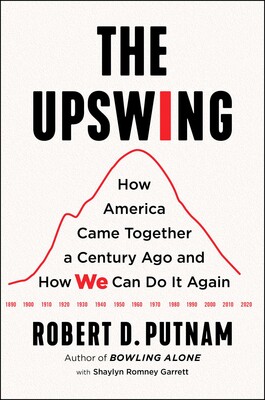Shop for Yourself
 Jo Freeman Reviews It’s In The Action: Memories of a Nonviolent Warrior by C. T. Vivian with Steve Fiffer
Jo Freeman Reviews It’s In The Action: Memories of a Nonviolent Warrior by C. T. Vivian with Steve Fiffer
Cordy Tindell Vivian was a roaring lion of the civil rights movement. Born in July of 1924, he died last July right before his 96th birthday. Given all the dangerous things he did in his life, it’s amazing that he outlived his adversaries as well as most of his friends. One of those friends helped him write this memoir, as his ability to do so declined with age. Steve Fiffer met Vivian in 2014, when he interviewed him for another book. CT — as his friends called him — was one of his heroes. They stayed in touch, occasionally discussing a collaborative memoir. It was CT’s daughter who persuaded Fiffer to do it now. more »
 Medicare Covers FDA-approved COVID-19 Vaccines; You Pay Nothing For the COVID-19 Vaccine
Medicare Covers FDA-approved COVID-19 Vaccines; You Pay Nothing For the COVID-19 Vaccine
From Medicare: Be sure to bring your red, white, and blue Medicare card so your health care provider or pharmacy can bill Medicare. You’ll need your Medicare card even if you’re enrolled in a Medicare Advantage Plan. If you fill out a form to get the vaccine, you may be asked for your insurer’s group number. If you have Part B, leave this field blank or write “N/A.” If you have trouble with the form, talk with your vaccine provider. Medicare also covers COVID-19 tests, COVID-19 antibody tests, and COVID-19 monoclonal antibody treatments. Here’s what to know: You can’t pay to put your name on a list to get the vaccine. You can’t pay to get early access to a vaccine. Don’t share your personal or financial information if someone calls, texts, or emails you promising access to the vaccine for a fee. more »
 Jill Norgren Reviews The Upswing: How America Came Together a Century Ago and How We Can Do It Again ... An intriguing book about change and turning points
Jill Norgren Reviews The Upswing: How America Came Together a Century Ago and How We Can Do It Again ... An intriguing book about change and turning points
Jill Norgren writes: "This is an intriguing book about change and turning points. It will prod readers to argue with the authors who contend that the United States has done better in past decades and could/will do so again. Putnam and Garrett are particularly interested in climate change, which they describe as an ultimate “we” issue. They observe environmental activists pleading for a moral awakening to the costs of inaction and imagine that this might be the non-partisan movement on which the upswing might be built. We can only hope that the authors are correct and that a new generation of activists, in community, will re-imagine America and that they will not be the ones who charged the Capitol on January 6." more »
 Magazines and the American Experience: Highlights from the Collection of Steven Lomazow, M.D
Magazines and the American Experience: Highlights from the Collection of Steven Lomazow, M.D
Reflecting the broad spectrum of American culture, printed magazines from the 18th through 21st centuries have both driven and documented the American experience. The Grolier Club’s winter exhibition, “Magazines and the American Experience,” lays out a chronological history of periodical print media in the United States, highlighting specific genres, topics and events using approximately 200 rare and unique magazine issues. In the colonial era, magazines were the clarions of American thought and identity; the first successful magazine from the eighteenth century proudly proclaimed itself as The American Magazine in 1744, and the first printed statement of American independence appeared in The Pennsylvania Magazine in June 1776. more »






